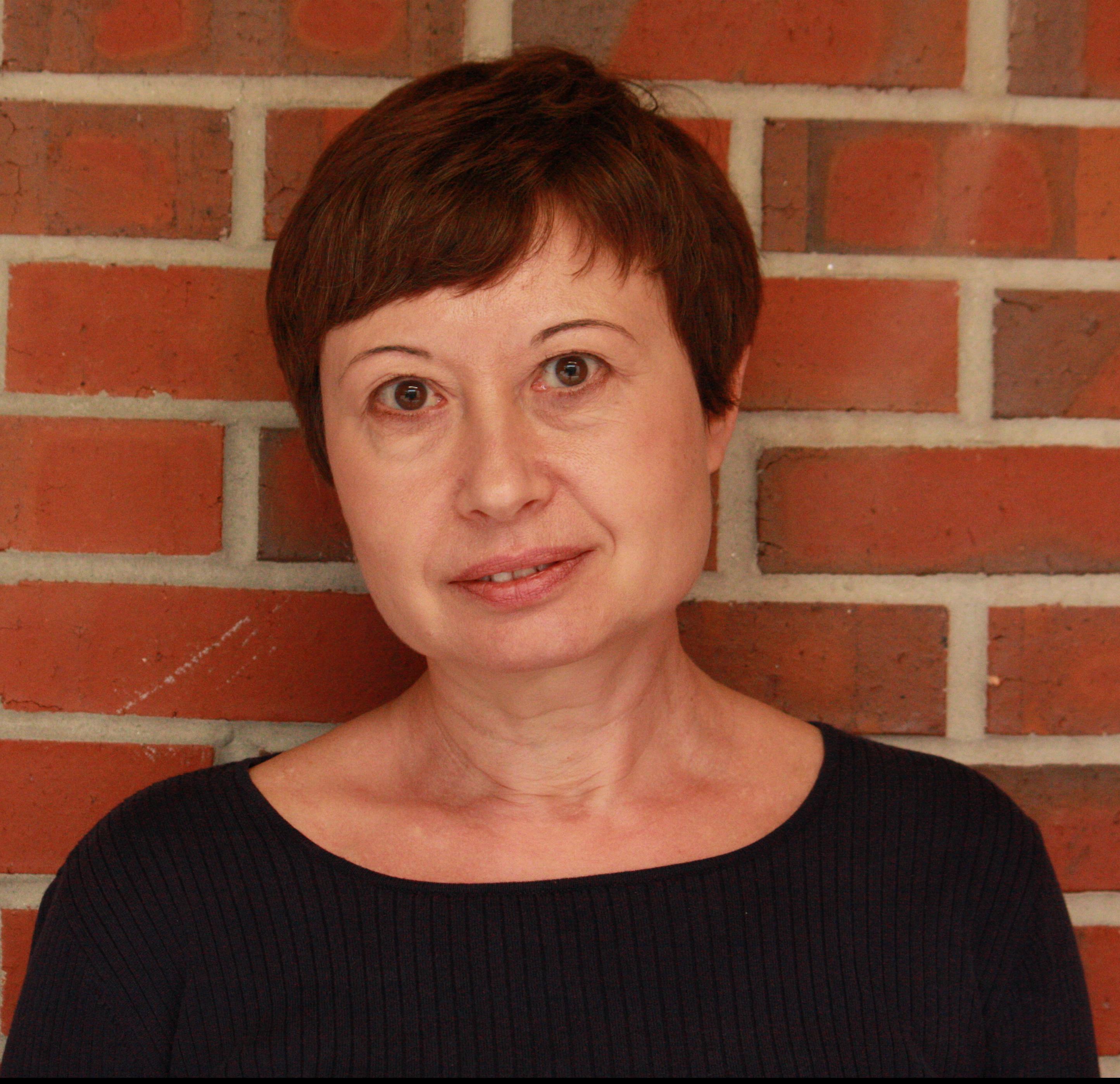
Kyle D. Allen, Ph.D.
Assistant Professor
B.S. in Mechanical Engineering and Economics,
Rose-Hulman Institute of Technology
Ph.D. in Bioengineering,
Rice University (Ph.D. Mentor: Kyriacos Athanasiou, Ph.D.)
Post-doctoral Fellowship in Orthopaedics,
Duke University (Post-doctoral Mentor: Lori Setton, Ph.D.)

Elena Yarmola, Ph. D
Research Assistant Scientist, Laboratory Manager
B.S. & M.S. in Physics/Biophysics,
Moscow Institute of Physics and Technology
Ph.D. in Molecular Biophysics,
Moscow State University
Post-doctoral Fellowship in Biophysics/Spectroscopy,
Engelhardt Institute of Molecular Biology
Post-doctoral Fellowship in Biochemistry,
University of Florida
Research Assistant Scientist, Laboratory Manager
B.S. & M.S. in Physics/Biophysics,
Moscow Institute of Physics and Technology
Ph.D. in Molecular Biophysics,
Moscow State University
Post-doctoral Fellowship in Biophysics/Spectroscopy,
Engelhardt Institute of Molecular Biology
Post-doctoral Fellowship in Biochemistry,
University of Florida

My laboratory's long-term research goal is to improve preclinical-to-clinical translation of
emerging diagnostics and therapeutics for joint diseases. Within this long-term research goal,
my laboratory is currently developing:
New behavioral assays that examine symptomology in rodent models of joint disease
(Supported through NIH/NIAMS K99/R00AR057426),
Novel methods to interfere with catabolic and pro-inflammatory disease processes in
joint diseases (Supported through NIH/NIA R43AG0004400),
Novel methods to collect and analyze joint-level molecular changes using magnetic
nanoparticles (Supported through a UF Opportunity Seed Fund and NIH/NIAMS
R21AR064402),
Innovative replacements of tissue function using tissue engineering and cell therapy.
I have been working with rodent models of orthopedic diseases for since 2006 and in orthopedic
research since 2002. During my doctoral thesis work with Dr. Kyriacos Athanasiou at Rice
University, I characterized the mechanics of the temporomandibular joint (TMJ) disc and refined
tissue engineering strategies toward the goal of creating a biological surrogate for the
degenerated TMJ disc. During my post-doctoral work with Dr. Lori A. Setton and Duke
University, I developed new techniques to analyze rodent gait using high-speed videography and
highly sensitive force plates. The techniques that my collaborators and I developed are amongst
the most sensitive analyses available for the detection of rodent gait compensations in
preclinical models of musculoskeletal disease, and have thus far been capable of detecting gait
compensations in rodent models of osteoarthritis and lumbar radiculopathy that were not
previously reported. In the Fall 2010, I received a Pathways to Independence Award from
NIAMS. During the K99 Phase of this award, I was co-mentored by Dr. Lori Setton and Dr.
Virginia Byers Kraus, while investigating the relationships between pain related behaviors and
molecular biomarkers of joint degeneration.
In the Fall 2011, I started a new laboratory at the University of Florida in the J. Crayton Pruitt
Family Department of Biomedical Engineering. As described above, my laboratory is continuing
to develop new techniques that will lead to a better diagnosis and treatment of joint diseases
and joint-related pain and disability.